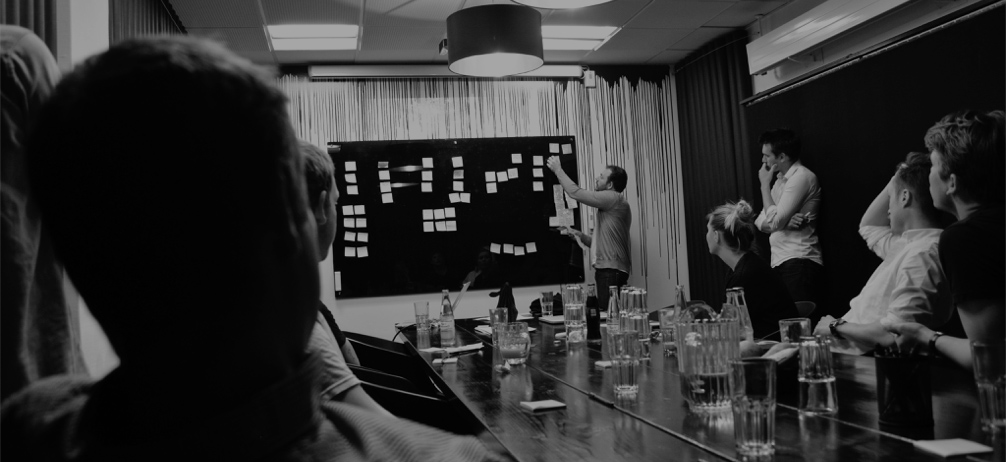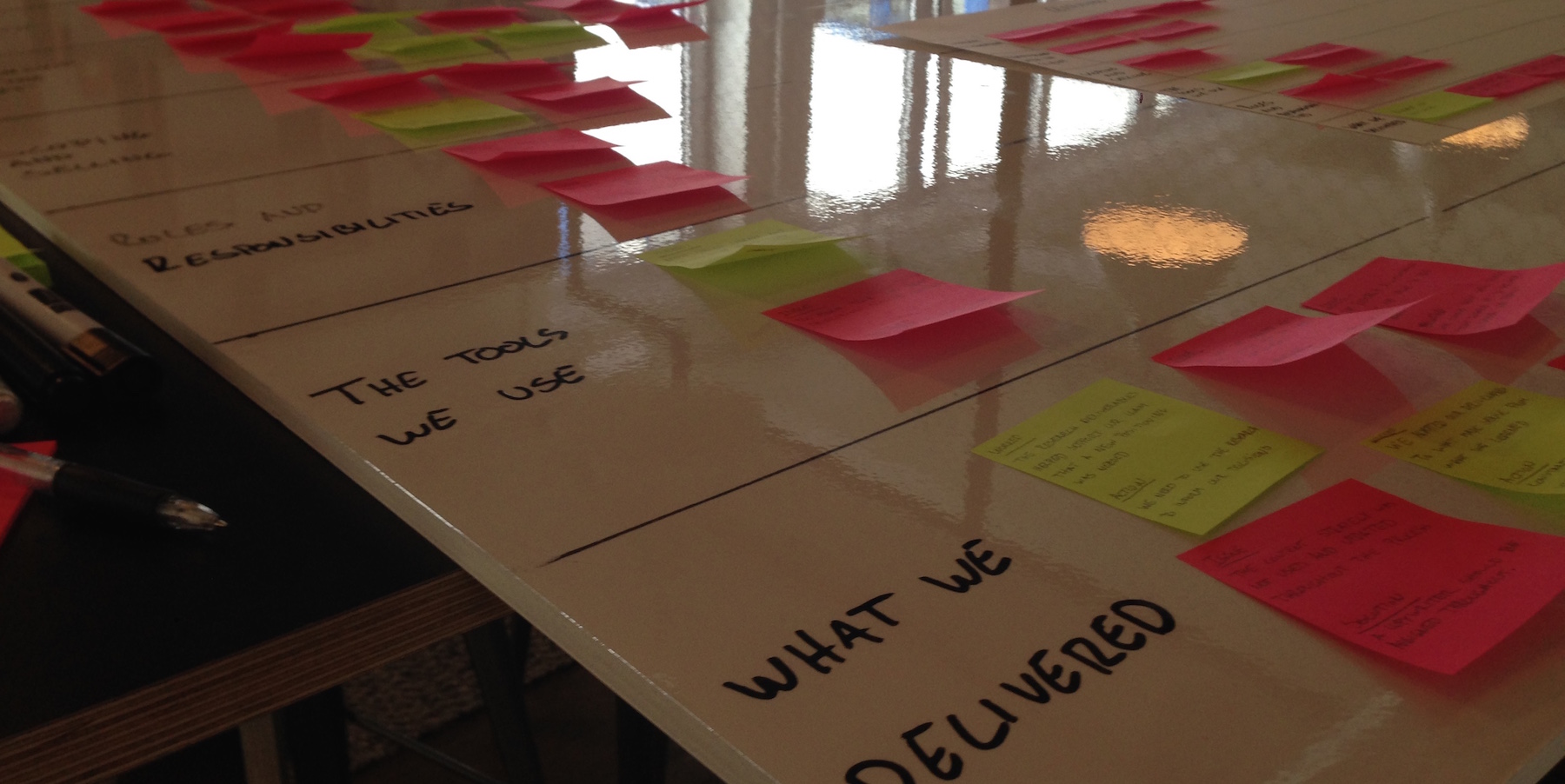
Learn From Your Mistakes
Nobody starts out being the best at anything and there is only one to get there – continuous learning and improvement. It is no surprise that professional athletes (and adamant amateurs) spend hours upon hours tweaking and adjusting their approach and technique. You need to spend a lot of time reflecting and inspecting what you have previously done to figure out how to improve and become better.
For athletes tools like Ubersense and Moov have become essential to help with this learning – and most designers and creatives can learn from this approach. What I have seen, heard and experienced, is that the approach to learning in most design studios and agencies is mostly prospectively. What I mean by this is that we change and tweak things as we go along with little retrospective insights. It is very common that sports teams will watch a previous game over and over again to see what they collectively did right and wrong – but this focus on past behaviour is rarely seen for design teams.
This lack of focus on past behaviour is likely to result in one of two outcomes:
- We do the same things over and over again and expect different results.
- We change things in our approach that fix a symptom but not the root cause.
Prescribing the right medicine
In Ed Catmull’s excellent book ‘Creativity,inc’, which inspects the creative process and environment at Pixar, Catmull explains how we as humans are wired to look for causality. When X happens we look for the Y to explain it. This is great, but the problem is that we are not very good at understanding why things happen. We look for the most obvious reason, but this is likely to be wrong. Unless we spend the necessary time to look at the broader picture and start looking at patterns we are likely to make wrong deductions.
This is the reason why we have introduced the ‘Learning Board’ at Hello Group. The board is a framework that all project teams must use to document the positive and negative experiences from their projects. It is divided into different categories that you must cover when you review. For everything positive and negative a post-it is created with the issue and a proposed solution.

This framework thus allows us to find patterns across all projects to see which issues are most frequent and most critical. This is a new tool for us, but it is already obvious that a lot of the same issues and problems occur across a lot of our projects and we are working hard at removing some of the root issues that are causing these problems to occur. The great thing is that we are no longer putting out fires, but we are making the construction fireproof.
From individual to shared learning
It is said that people need to make their own mistakes in life, but that is very unproductive if all designers in a studio need to make the same mistakes. The board is therefore designed to not only help us find patterns but also to help us share our learnings across the studio. The board is created as a physical object to ensure that people continually see it at the office and don’t forget about it’s existence. The tangibility is meant to work as an invitation for people to go and read and interact with. This is one way we are trying to move the learning from the individuals who experienced it, to the whole studio.
Another way we are trying to create collective learning is by making it mandatory for all project groups to share their insights with the whole studio. A review or a retrospective now enlightens not only the team on the project, but everyone. When a project is finished everyone gets an honest insight to what went well, and what went wrong. We are not just celebrating a finished product, we are celebrating the learnings that followed. This means that everyone experiences and understands the symptoms – which hopefully means that everyone will subscribe to the changes we will continually make to the way we work as teams.
